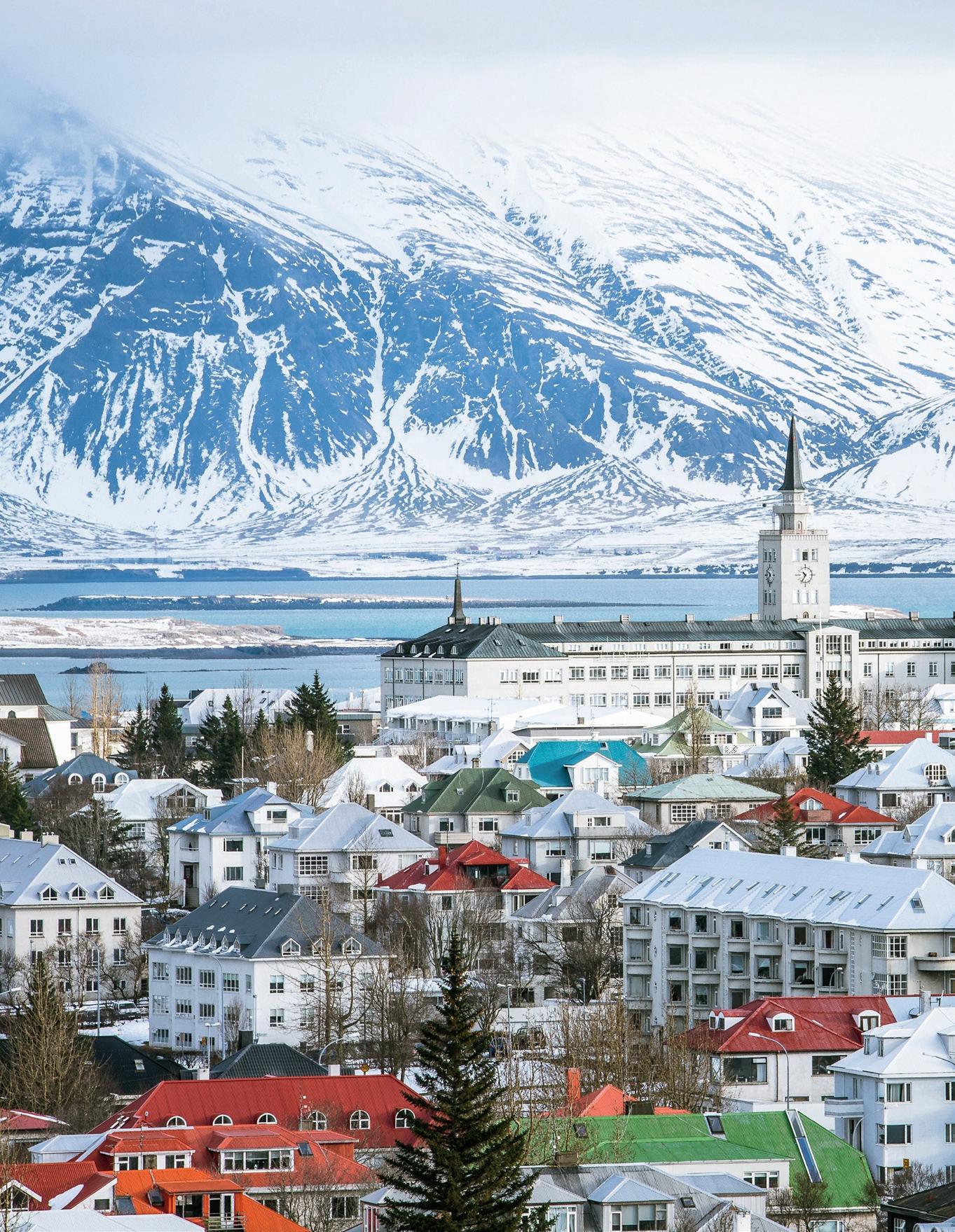
3 minute read
UN17 Village: a holistic approach to health
A holistic approach to health
When UN17 Village is complete, it will be a village with full focus on health and sustainability. The vision is to build the framework around Denmark’s healthiest housing which includes both physical, mental and social aspects.
Advertisement
With UN17 Village, NREP has set the ambitious goal of meeting the UN’s Sustainable Development goals in a 35,000 m2 housing project on the tip of Ørestad, in the capital region of Denmark. A recurring theme is the residents’ health, which is incorporated into the total design of the village, down to the smallest detail. The village will be for all ages and their accompanying needs.
Certification debut in Denmark The ambition is to have the UN17 Village Well-certified, as the first building on Danish soil. Well is an American certification system that focuses, primarily, on the social dimensions of health and well-being. The Well certification will not be the only seal of approval, as the project will also receive the new DGNB Heart that makes health initiatives part of the, already popular, sustainability certification system. DGNB Heart is an extension of DGNB that MOE has helped develop in collaboration with Green Building Council Denmark with support from Realdania.
MOE is responsible for all certifications of UN17 Village and, as consulting engineers on the project, we use our unique expertise to help realise the health-focused design. Steffen Maagaard, Corporate Technical Director in Energy Design & Indoor Climate, explains: Together with Realdania, we have designed several innovation projects from which we have gained new knowledge about what a healthy indoor climate is comprised of. A former demonstration project, named Healthy Housing, has given us extremely useful insights, but with UN17 we get the opportunity to apply our knowledge at a much larger scale. The project will be both a beacon for healthy housing and sustainable solutions.

As Steffen points out, environmental sustainability is also an important feature of the project. The load-bearing elements are primarily made from timber, and the same holds true for the floor structures made from CLT (Cross Laminated Timber). The choice of materials, and several other factors, lower the CO2 emissions significantly, while another point of focus has been the reuse of rainwater and general water conservation initiatives.
Our role as engineers Our engineering skills are important when implementing health initiatives to this extent. For this project, extra care has been used on avoiding substances harmful to health in the choice of materials.
THEME
DESIGNING SOLUTIONS FOR A POSITIVE LIFE

Therefore, paint and joint materials will be certified with the Danish Indoor Climate Label. Improved ventilation systems and pollen filters in the decentralised ventilation systems safeguard the residents against outside particles, while the kitchens’ cooker heads are extremely efficient.
The ventilation is simultaneously demand-controlled through censors that follow the resident’s whereabouts and regulates the air supply according to a prioritised list of indoor climate parameters. Furthermore, the most efficient solutions for ventilation enhance the need for acoustic solutions for which the bar is set equally high. Noise is an important factor for health and initiatives such as soundproofed waste pipes have been implemented to meet the requirements.
Last, but not least, the buildings and the outdoor areas are carefully positioned based on wind simulations and considerations regarding sunlight. In these different ways, the holistic approach to health that permeates the building design shines through.
Keeping sight of the whole The remaining decisive parameters for health include the social and mental health dimensions. UN17 Village will have an inspiring and active outdoor environment that can be used all year around with workout facilities, playing fields, play grounds, attractive stairwells and favourable conditions for cyclists. There will be an area for cultivation on the roofs and court yards, which will make it possible to grow vegetables. According to research, the visible use of water, green elements and natural elements will have a positive effect on mental health.
Mental health and physical health are so closely connected that we need to think holistically when we want to design healthy housing. Research, along with our own professional experience, clearly indicates that health initiatives work best in interplay with functionality, architecture and the building’s technical solutions. That is exactly what we are aiming for with
UN17 Village.
Steffen Maagaard Corporate Technical Director Energy Design & Indoor Climate Aarhus













